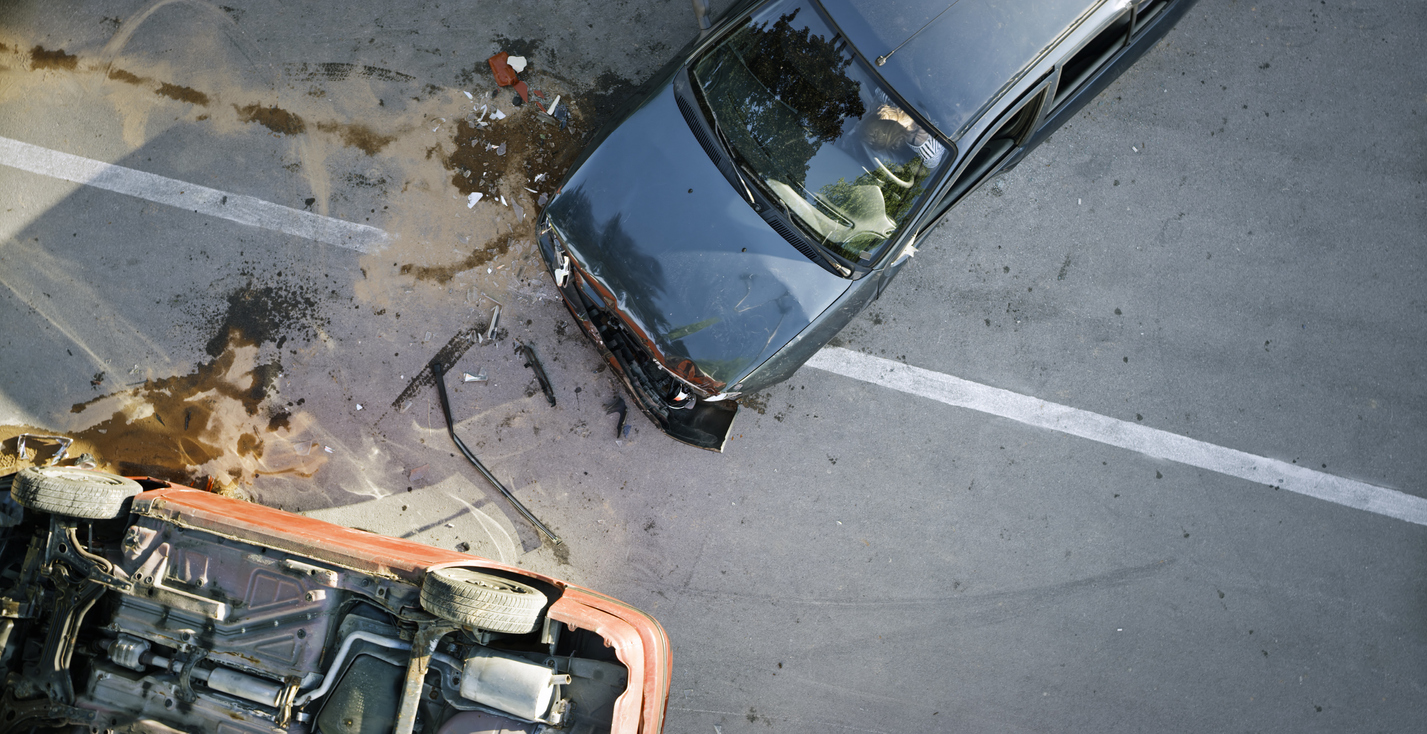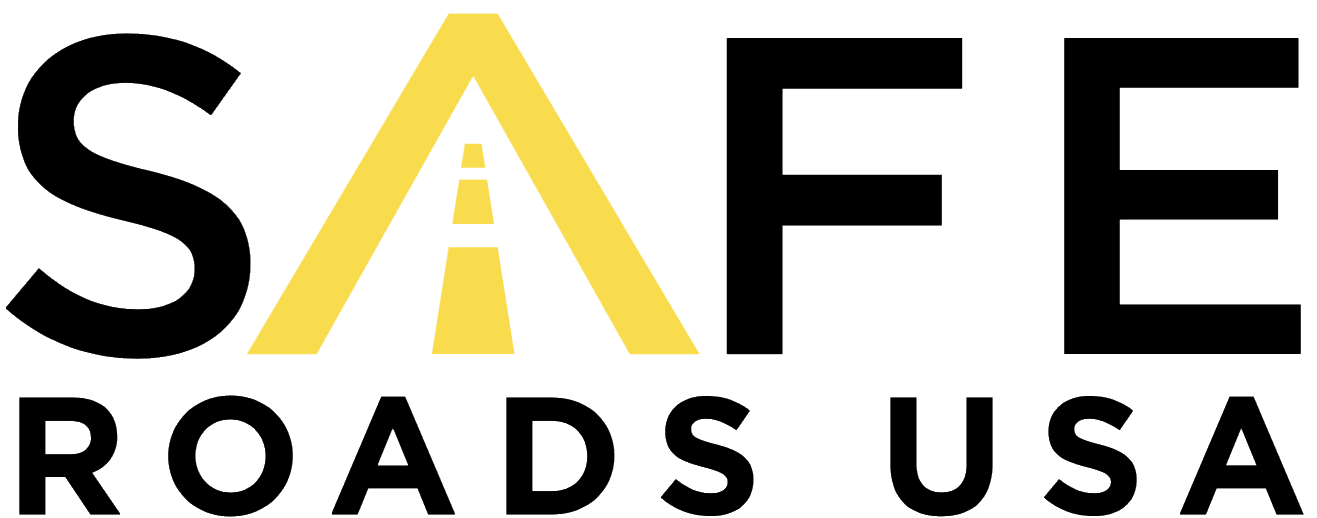The Most Dangerous Roads in Dallas

Dallas is one of America’s largest cities, ranking as the ninth-largest city based on population. Being home to over a million individuals comes at a cost, including an elevated number of car wrecks.
The Texas Department of Transportation’s data reveals that in 2022, there were nearly 34,000 traffic accidents in Dallas. Not all of these accidents were the same. Over 200 accidents led to the deaths of 228 people. Another 1,004 accidents left 1,182 people seriously injured.
Not only do statistics and data reveal a great variety of the types of accidents Dallas experiences in a given year, but they also reveal where these crashes take place.
Knowing the most dangerous roads in Dallas helps you keep yourself and your family safe. You can find alternate routes around these areas of congestion and avoid them altogether. If that is impossible, knowing you must pass through a place where numerous other accidents have happened will remind you to exercise greater caution.
High Injury Network Roads in Dallas
Dallas has adopted a Vision Zero plan, committing to making infrastructure and other improvements to reduce the frequency of accidents, especially fatal accidents. Part of the strategy for accomplishing this goal is identifying those stretches of road where the majority of collisions happen. These roads form the city’s high injury network (HIN).
According to the city, over 60 percent of its severe crashes happen on just seven percent of its roads. Identifying the roads that comprise this seven percent tells Dallas visitors and residents where traffic crashes are most likely to occur.
Roads Where Vehicle Accidents Are Most Likely To Happen
The city’s Vision Zero Action Plan has identified those streets, representing just four percent of all roads within city limits, where 59 percent of vehicle fatalities and serious injuries occur.
These roads include the following top five:
- Great Trinity Forest — Jim Miller to U.S. 175
- Bucker — Lake June to Great Trinity Forest
- Northwest Highway — Walton Walker to Harry Hines
- Bucker — IH-30 to Forney
- Great Trinity Forest — S Central Expressway to Pemberton Hill
These and the other roads that round out the city’s top 15 roads for vehicle accidents are scattered throughout the city, with the most dangerous roads found in the eastern part of the city.
Other road stretches making the list include:
- Storey — Irving City Limit to Northwest Highway
- Bucker — Lake June to Bruton
- Buckner — Scyene to Forney
- Ledbetter — IH-35E to University Hills
- Northwest Highway — Harry Hines to Timberline
- Buckner — Bruton to Scyene
- Ledbetter — S Lancaster to Great Trinity Forest
- Second — Elsie Faye Heggins to US-175
- Corinth — 8th to Stella
- Jim Miller — Scyene to Forney
The northern part of the city’s limits and the extreme southwest portion of the city have the fewest streets that are part of the HIN.
The Most Dangerous Roads For Pedestrians and Bicyclists
This map alone does not tell the full story of the city’s dangerous roads, as other stretches in the city are dangerous if a person is traveling on foot or by bicycle.
For pedestrians, these are the top five most dangerous roads in Dallas:
- Maple — Hudnail to Oak Lawn
- Martin Luther King, Jr. — SM Wright to Botham Jean
- Great Trinity Forest — Ledbetter to IH-45
- Wheatland — Duncanville City Limit to Kirnwood
- Ledbetter — Lancaster to Great Trinity Forest
For pedestrians, most of these dangerous areas are in the center of the city limits and south and east of downtown. Areas to the north tend to have fewer HIN roads.
Finally, for bicyclists, the top five most dangerous stretches of road are:
- W Lawther — White Rock to Coforth
- Lamar — San Jacinto to IH-35E
- Pacific — Akard to IH-45/IH-75
- Main — Malcolm X to Canton
- Great Trinity Forest — Jim Miller to U.S. 175
Other roads that appear on multiple lists of the different HIN roads include Buckner, Jim Jines, U.S. 75, and U.S. 175.
Conclusions About Dallas’s Most Dangerous Roads
Based on the various HIN maps published by the city of Dallas, several conclusions can be drawn.
Different Roads Are Dangerous For Different Groups
Examining the different HIN maps and lists of roadways reveals that each of the three major groups of road users is at risk of severe injury or death while traveling on different roads. Although the list of the 15 most dangerous segments for motorists, pedestrians, and bicyclists has some overlap, there are also differences in each list.
Downtown Is Dangerous For Bicyclists
Nearly all of the top 15 most dangerous stretches of road for bicyclists are found in or immediately surrounding the downtown Dallas area. This may reflect not only the greater concentration of traffic in this busy area but also a greater concentration of individuals using bikes to commute.
Pedestrians Should Be Careful in South Dallas
If you are traveling on foot, many of the top 15 most dangerous road segments are found south of the city center. The farther north you travel in Dallas, the less likely you are to encounter a road segment that is on the list of pedestrian HIN roads.
Highways Are Particularly Dangerous For Motorists
Perhaps unsurprisingly, many of the road segments that make the list of motorist HIN roads are segments of highway. US-1755, IH-30, and South Central Expressway are just some of the roads that see a large number of injuries and fatal vehicle accidents. Higher speeds and higher numbers of motorists could explain why these roads are particularly dangerous.
Traveling Safely in Dallas, TX
If you will be traveling for work or leisure in Dallas, pay attention to your surroundings and others on the road. The roads that comprise the city’s HIN lists may present a greater risk, but they only account for about 60 percent of the city’s injuries and fatal accidents. This means about 40 percent of crashes happen on road segments that do not appear on any HIN list.
By putting away distractions and focusing on safety, you can remain safe no matter where you are in the city.
Do you have questions about road safety in your city?, Contact us and we’ll get back to you.
